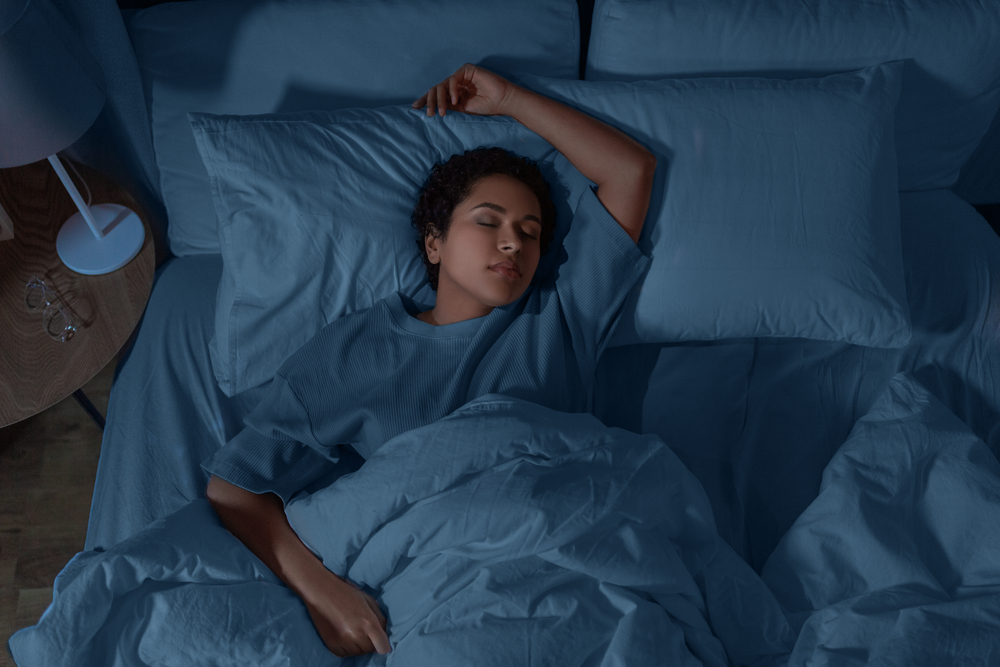Physical activity may promote better sleep in middle-aged women

To help identify the factors involved in sleep-related disorders, a recent study explored the relationship between sedentary behavior and sleep quality.
The study was published in the journal, Scientific Reports, and led by Javad Koohsari, PhD, associate professor at the School of Knowledge Science at Japan Advanced Institute of Science and Technology in Nomi, Japan. According to researchers, quality sleep can lead to better physical and emotional wellbeing as well as improved outcomes in cardiovascular and metabolic disorders, mental diseases, and dementia. For this investigation, Koohsari and his team of researchers sought to better understand how physical activity factors into sleep quality.
Researchers analyzed data from 683 adults aged 40 to 64 living in Japan. The participants’ average daily time spent sedentary, in light physical activity, and moderate-to-vigorous physical activity were assessed using accelerometers. Participants were then asked to replace 60 minutes of their sedentary time with either light physical activity or moderate-to-vigorous activity for seven days. Questionnaires collected data on sleep quality measures. Participants self-reported their sleep quality again after the trial period.
Using multivariable linear regression models, investigators analyzed the association between sedentary behavior, light physical activity, moderate-to-vigorous physical activity, and sleep quality. Data were separated by gender. Results showed that for each 60-minute unit of sedentary behavior or light physical activity replaced with moderate-to-vigorous physical activity was associated with improved sleep quality among women. No significant associations between physical activity and sleep were found in men.
According to the study’s authors, these findings indicate that replacing sedentary behavior with moderate-to-vigorous physical activity can improve sleep quality in middle-aged women and may help prevent sleep-related disorders.




















SHARE